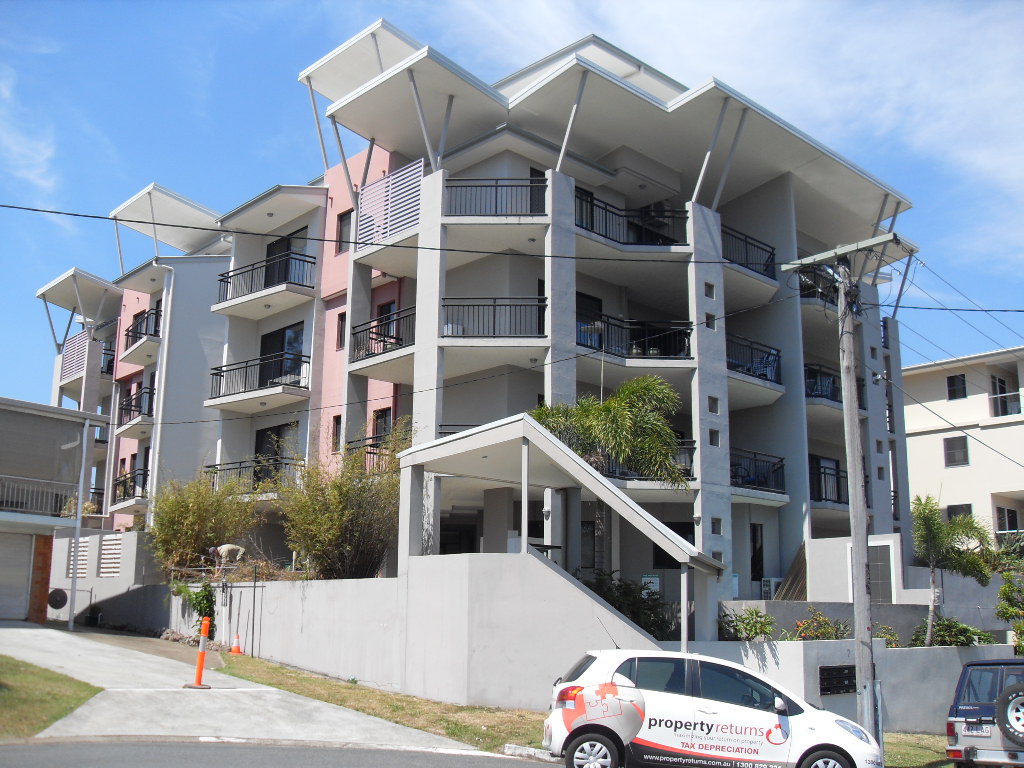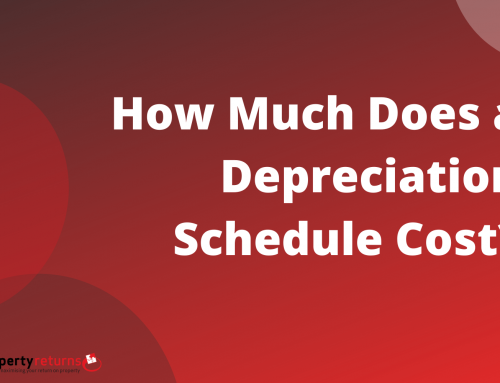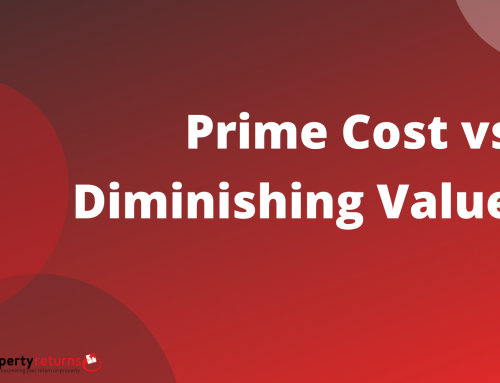This year alone property investors will miss out on hundreds of thousands of dollars worth of property-related entitlements simply because they never made a depreciation claim. This could make the difference between having a good or bad year in property.
By JAMES HANNAH
No matter how the economy is heading – whether it’s good or bad – there are still substantial benefits in depreciation. At a recent seminar on the Gold Coast, I was asked the question “as an investor in property, should I claim depreciation benefits?” I responded by saying that not claiming your legitimate entitlements is similar to having an investment property without a tenant!
The majority of property investors who claim their legitimate benefits are investors who purchase new properties via project marketing groups or property investment seminars usually commissioned by the larger Australian developers, as these types of sellers tend to heavily promote the tax benefits of investment property. Property investors who purchase new properties in smaller developments, house and land packages, through real estate agents, etc. may not understand the full extent of the depreciation allowances to which they’re entitled, and may not claim the full amount. Or, in some cases, rather than engage a quantity surveyor, the investor may leave the matter of depreciation allowances up to his/her accountant who, by using a rule of thumb, may claim a conservative amount.
Investors who purchase second-hand properties that are 5-10 years old, post 1985, or investors who purchase old properties pre-1985 often do not make any claims against the available allowances on their investment property. Most will forfeit legitimate property taxation benefits which, in the aggregate, amount to hundreds of millions each year, because – particularly with older property – they’re simply unaware that the allowances exist. Why? Most property investors that I come in contact with are very astute property dealers. They’ve typically made wise decisions over the past few years to build portfolios worth substantial amounts… yet their interpretation of the rules concerning property allowances are confused, to say the least.
The Australian Taxation Office Guide to Depreciation Handbook 2014 states that under income tax law, you’re allowed to claim deductions for expenses incurred in earning assessable income. It also states that the cost of capital assets used in producing assessable income can be written off over time as tax depreciation.
For many investors, this handbook fails to provide basic and adequate information to assist them to self-assess their properties, or understand the basic principles of tax depreciation legislation. As all quality tax depreciation specialists in Brisbane will tell you, although these principles are complex in their detail, the basic rules are, in fact, fairly simple – there are two allowances, a building allowance and a depreciation allowance on plant and articles.
- Capital Works Deductions (Building Allowance) This allowance is based on the actual construction cost of the building at the date of construction (historical cost) The building allowance is either 2.5% or 4% depending on the date of construction, type of building (residential, industrial, retail, commercial) or if it’s short or long term letting. To be able to claim 4% allowance based on the type of construction, the tax act states that the property must be a hotel, motel or guesthouse with more than 10 bedrooms, or buildings containing more than 10 apartments, units or flats available for short term accommodation. Therefore, a building has either a 40-year life (40 x 2.5% = 100%) or 25-year life (25 x 4% = 100%). After this time there is no more building allowance as it has been exhausted. (Capital works over and outside the above period can be claimed; e.g. re-roofing, re-stumping or extensions from the date of their construction).
- Depreciation Allowance on Plant and Articles (Decline in value) This is the relief from income tax available where capital expenditure has been incurred on ‘plant and articles’ used in the production of assessable income. The Tax Act does not provide a definition of ‘plant and articles’ but the Australian Taxation Office has published a schedule of over 1500 items of ‘plant and articles’ in its Income Tax Order No. 2685 with reference to and taking into account TR 2000/18. This list is not definitive and many additional items have been accepted as ‘plant and articles’.
The basic principle involved is that specific items of plant, as defined in the tax ruling, attract higher depreciation rates than what is applied to the building. The taxation and cash flow benefit from these elements (which attract the higher depreciation rates) often exceeds the benefits available from the building allowance if no separation were undertaken.
Therefore, in layman’s terms, the purchase price of the property is broken down into four categories.
- Land
- Building
- Plant
- Ineligibles
It must be remembered that the tax legislation or rules are based on the purchase price of the property. The allowances are based on what you have paid for the property at date of settlement, and what you have, in actual fact, purchased (as per the four categories above). For example, many investors wait nine months until tax time and then request a report on a property purchased in September.
During this period the owners renovated the kitchen ($22,000), replaced the carpets ($3,800), installed new lights, switchboard and wiring ($7,400), installed curtains and blinds ($3,200), hot water system ($1,250) and finally painted the place ($15,400)!
It’s then nearly impossible to determine what was included in the original purchase price. Therefore, in the eyes of the tax department, the investor is deemed to have purchased the property for the sole purpose of renovating, negating all depreciation. It’s extremely important that all properties are analysed as close as possible to the date of settlement (the purchase date), although it must be stressed that tax depreciation can only be claimed on properties that are available for rent. Even more confused?
Depreciation allowances and other tax benefits should never be the primary investment goal. Focusing solely on the tax benefits has led many investors to purchase ‘dud’ properties with poor prospects for capital growth in the future. To maximise overall after-tax investment returns, investors must always carefully choose properties which will deliver strong long-term capital gains and/or good rental yields, depending on the investor’s personal strategies and preferences.
However, once you’ve chosen a property, NOT claiming the tax benefits to which you’re legally entitled can result in lower after-tax investment returns, so wise investors will always ensure they claim ALL the allowances to which they’re entitled!
a blog written by, James Hannah Tax Depreciation Specialist.






Leave A Comment